5 Types of Machine Learning Algorithms You Should Know
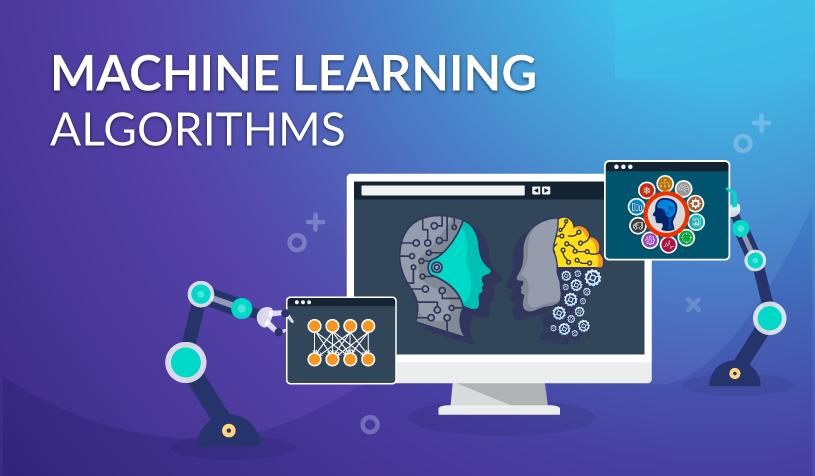
“Google’s self-driving cars and robots get a lot of press, but the company’s real future is in machine learning, the technology that enables computers to get smarter and more personal.” – Eric Schmidt (Google Chairman)
We all are living in a period of development. According to Eric Schmidt – “Machine Learning is the future of technology”. It is the major component of Artificial Intelligence. So, is it true that machine learning influences the performance of the business?

All your questions and doubts are answered in this article, you find three types of machine learning that are useful to your business and the top 5 types of Machine learning Algorithms to make yourself more familiar with the concept of ML.
Introduction to Machine Learning
No doubt, machine learning has become a diverse business tool to enhance the numerous elements of business operations. Machine learning- “it is the method of data analysis which automates the analytical model.” As well as it is a branch of artificial intelligence based on the idea that the system can learn from data, identify patterns and make decisions with minimal human interference.
Machine learning (ML) is the scientific study of algorithms and statistical models that the computer system used to perform a specific task without using explicit instructions, relying on patterns and inference instead. It is also a subset of artificial intelligence. -via Wikipedia
If you’re a beginner, machine learning can be confusing for you– how to choose which algorithms to use, from the apparently limitless options, and how to know which one will provide the right predictions (data outputs). Machine learning is a way for computers to run various algorithms without direct human oversight in order to learn from data.
Machine learning can include a variety of tasks in order for the machine to determine a high-probability result for different information, such as the functions between input and output or the hidden structures in unlabeled data.
So, just before starting with Machine learning algorithms, let’s have a look at types of Machine learning which clarify these algorithms.
Three Types of Machine Learning
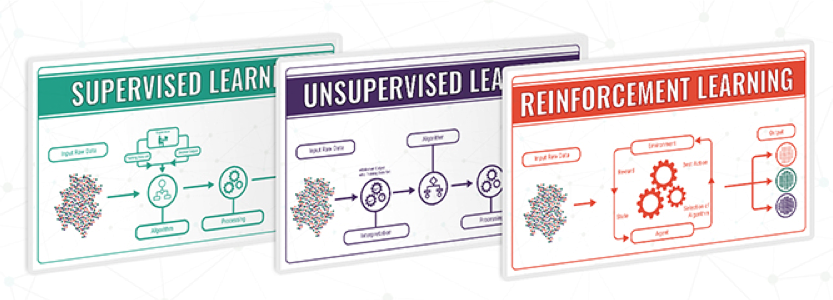
There are three types of machine learning which help the developer to create something innovative.
1. Supervised Learning
- Supervised learning consists of a target variable (or dependent variable) which is to be divined from a given set of predictors (independent variables). Using this set of variables generates a function that maps inputs to desired outputs.
- The training process continues until the model achieves the desired level of accuracy on the training data. Supervised learning is the task of inferring a function from labeled training data.
- Examples of Supervised Learning:
i.) Regression,
ii.) Decision Tree,
iii.) Random Forest,
iv.) KNN,
v.) Logistic Regression, etc.
2. Unsupervised Learning
- Unsupervised learning has less information about objects, in particular, the train sets unlabeled. What is your goal now? It’s possible to recognize some comparisons between groups of objects and include them in relevant clusters.
- Some objects can differ hugely from all clusters, in this way you assume these objects to be excepted. This method allows you to significantly improve accuracy because we can use unlabeled data in the train set with a small amount of labeled data.
- This category of machine learning is known as unsupervised because unlike supervised learning there is no teacher. Algorithms are left on their own to create and return the interesting structure in the data.
- The goal of unsupervised learning is to model the underlying structure or distribution of the data in order to learn more about the data.
- Examples of Unsupervised Learning:
i.) Apriori algorithm and
ii.) K-means.
3. Reinforcement Learning
- These methods allow the user to decide the best action, based on the current state and learned behaviors that maximize the rewards. This approach is often used in robotics.
- Using this learning, the machine is trained to make specific decisions.
It works like this- The machine is displayed in a setting where it trains itself continually using trial and error. This machine learns from past experience and tries to capture the best possible knowledge to make accurate business decisions. - Example of Reinforcement Learning:
i.) Markov Decision Process
What are Machine Learning Algorithms?
Machine learning algorithms are programs that can learn from data and improve from experience, without human interference. Learning tasks may include learning the function that drafts the input to the output, learning the hidden structure in unlabeled data; or ‘instance-based learning, where a class label is produced for a new instance by analyzing the new instance (row) to instances from the training data, which were stored in memory.
The Machine Learning algorithm is an evolution of the regular algorithm. It makes your programs “smarter”, by providing them to automatically learn from the data you provide. The algorithm is mainly divided into:
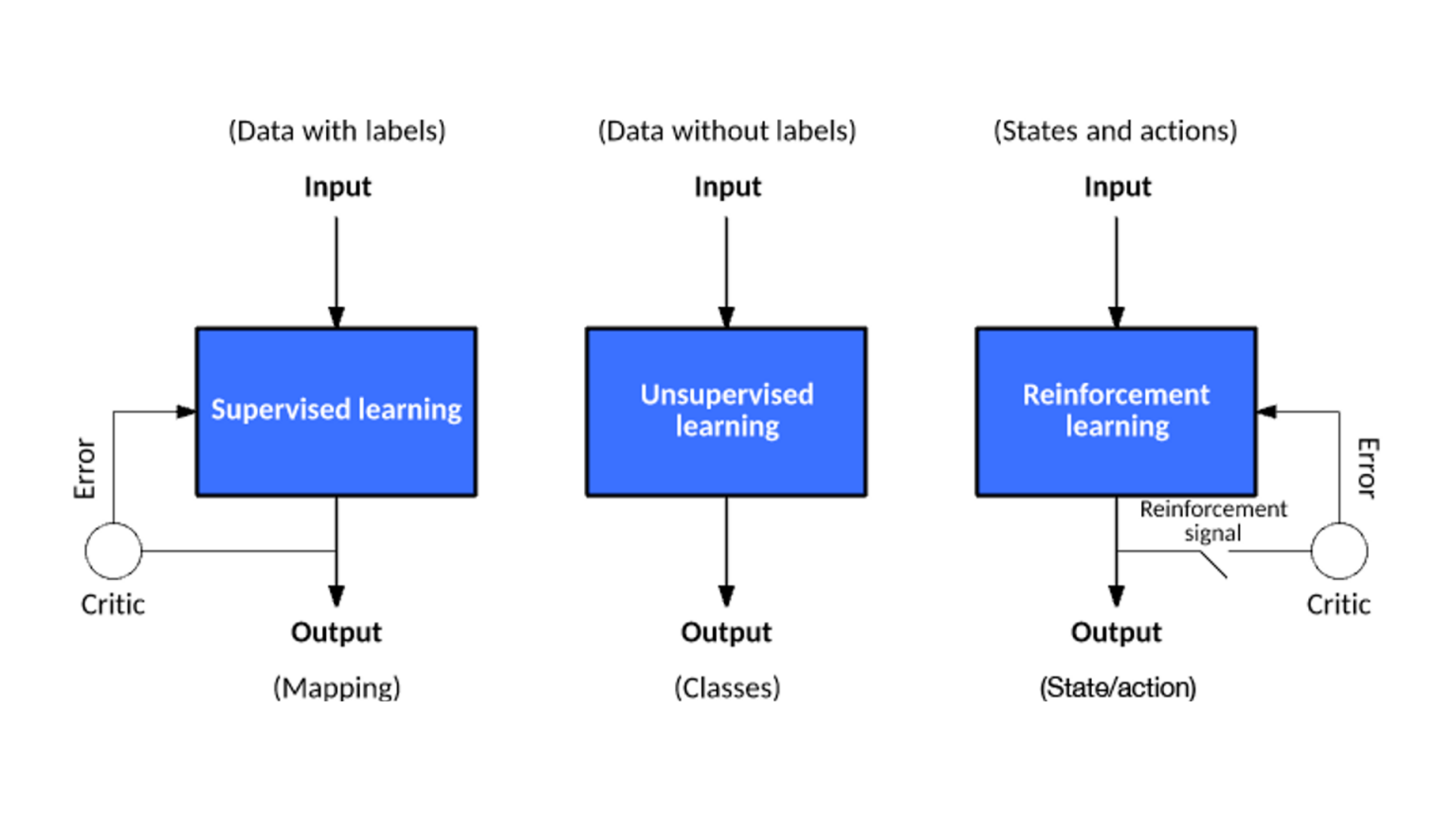
- Training Phase
- Testing phase
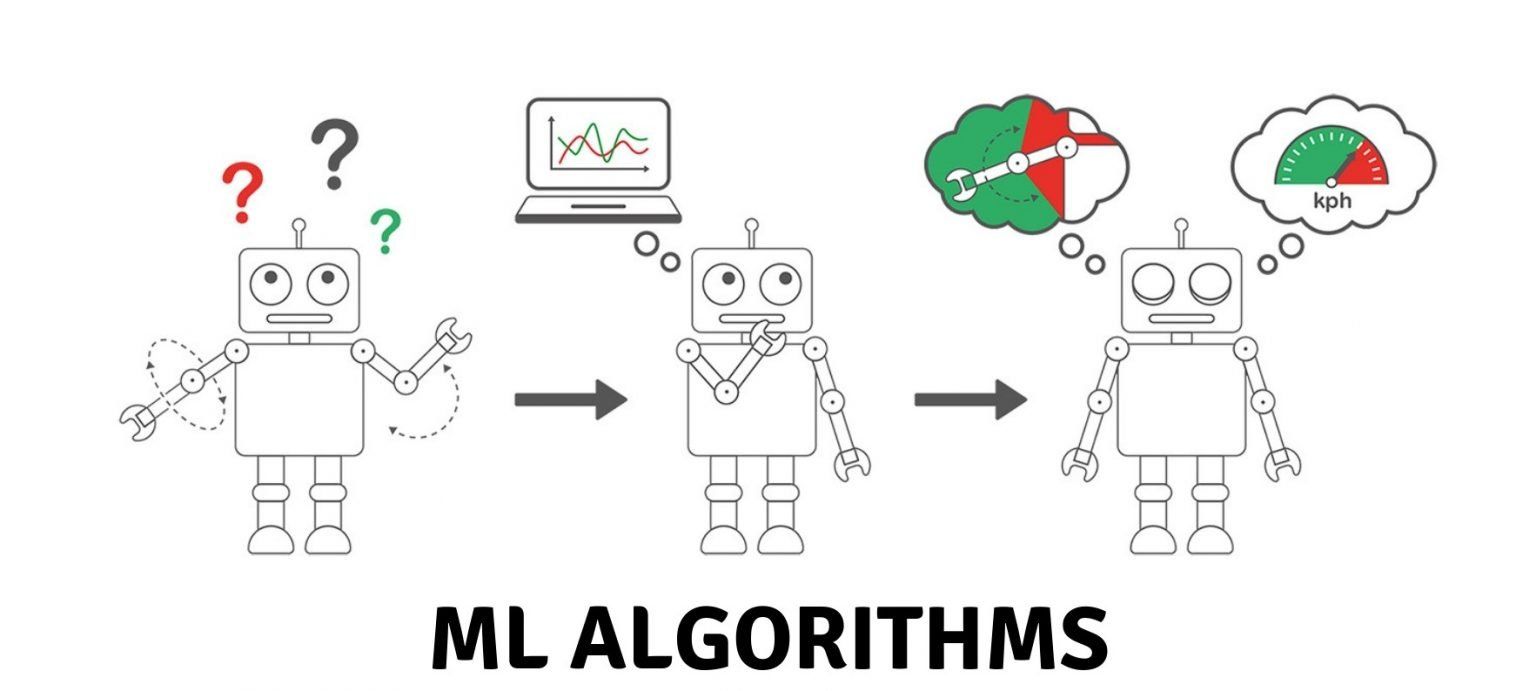
Now, I am going to share the top five types of machine learning algorithms that improve business progress. These algorithms are user-friendly and encourage several goals. Besides, all of them are popular and utilized by thousands of enterprises.
Types of Machine Learning Algorithms for beginners.
There are top 5 machine learning algorithms for beginners that offer a fine balance of ease, lower computational power, immediate, and accurate results.
1. Linear Regression
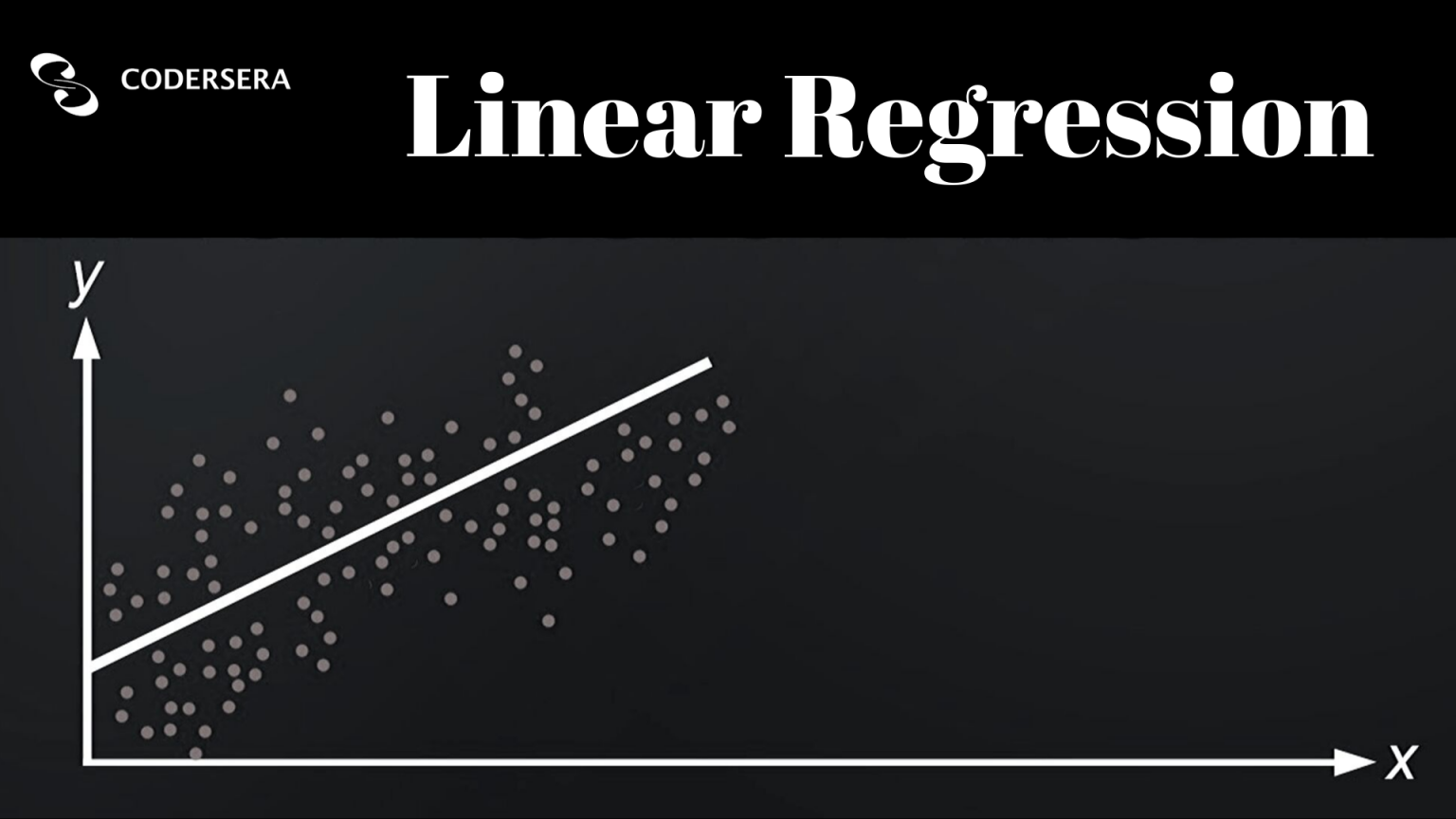
- Linear regression is a classification method, not a regression method. This predictive modeling strategy is very well understood, as statistics used this tool for decades before the invention of the modern computer.
- The goal of linear regression is to make to most accurate predictions possible by finding the values for two coefficients that weigh each input variable. These techniques can include linear algebra, gradient descent optimization, and more.
- Employing linear regression is easy and usually provides accurate results. More skilled/experienced users know to remove variables from your training data set that is closely correlated and to remove as much noise (unrelated output variables) if possible.
2. Decision Tree
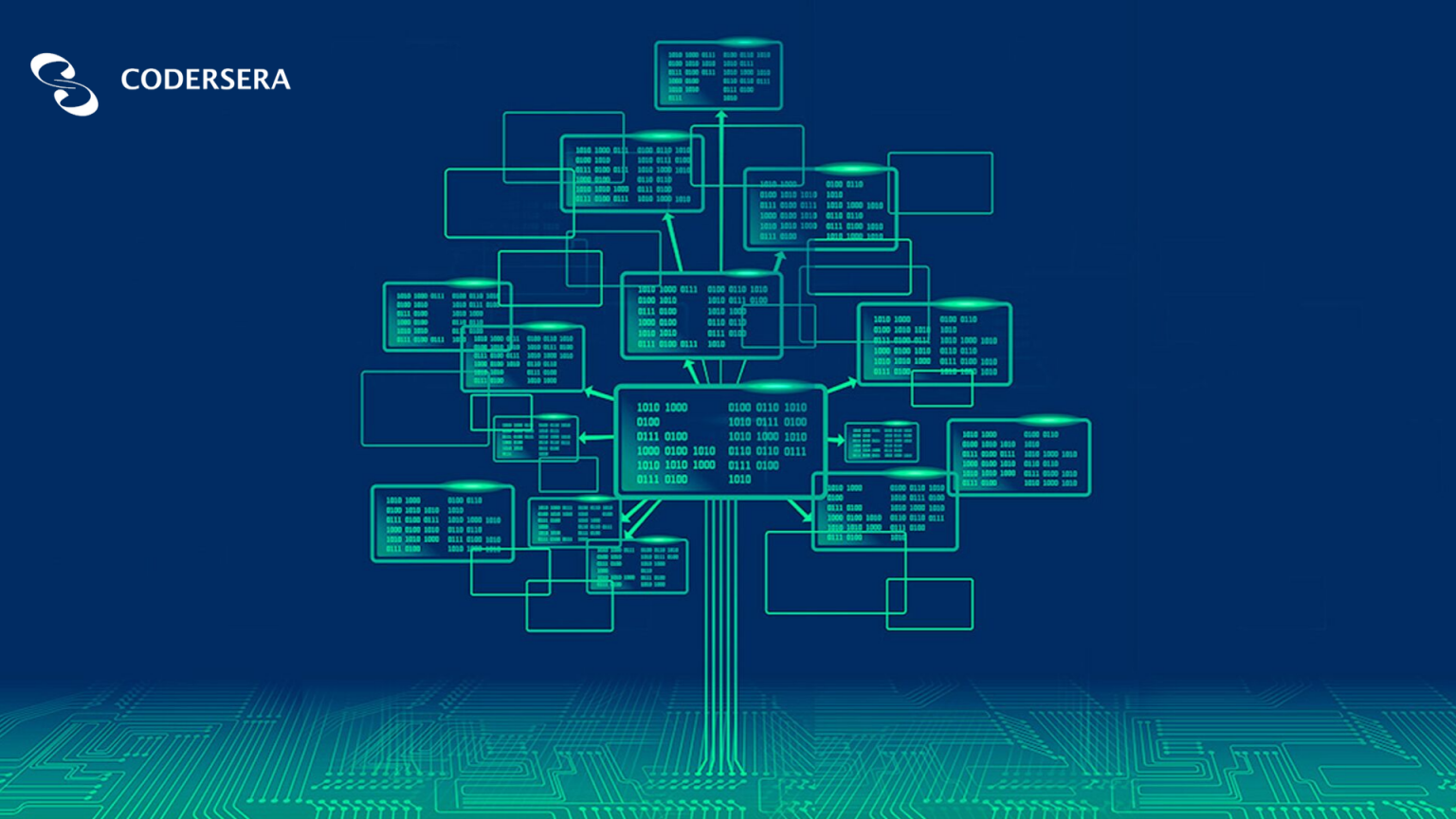
- Another popular and easy-to-understand algorithm is decision trees. Their graphics help you see what you’re thinking and their engine requires a systematic, documented thought process.
- The idea of this algorithm is quite simple. In every node, you choose the best split among all features and all possible split points. Each separation is selected in such a way as to maximize some function. In classification trees, you use cross-entropy and the Gini index.
- In regression trees, you minimize the sum of a squared error between the predictive variable of the target values of the points that fall in that region and the one we assign to it.
3. Support vector Machine

- This algorithm also known as SVM analyzes the data set into classes. The main aim of a support vector machine (SVM) is its helpful approach to future classifications. It is used to find out the line that separates the training data into particular classes.
One more thing that you should know is that it provides you with the maximum margins to enter any future data into classes. - A beginner or experienced, who so works on this, is the best for training data because nonlinear data can also be programmed in a Support vector machine (SVM).
4. Apriori

- Apriori learning is used in a transactional database to work with frequent item sets and then generate association rules. It is popularly used in market basket analysis, where one check for combinations of products that frequently co-occur in the database.
- The basic principle of Apriori is used in market analysis. This algorithm checks for the positive and negative correlation between products after analyzing the A and B in data sets. It is specially used by sales teams who keep an eye on the baskets of customers to find which products the customers will purchase with other products.
5. K-means clustering
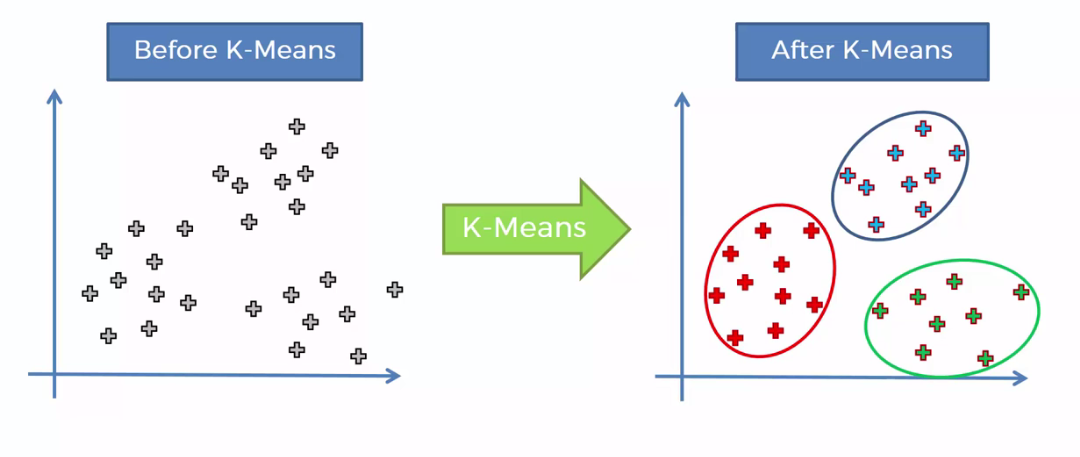
- Clustering used for group sample such as the objects within an identical cluster is more similar to each other than to the object from another group.
- K- means clustering algorithms kinds of data sets through defined groups. It is an iterative process that also put out similar groups with input data attached.
- Let’s take an example, If you use K- the means algorithm for classifying web results for the word civil, then it will show the results in the form of groups. And Accuracy is the main advantage of this algorithm. As well as, it has developed a reputation for providing streamlined groupings in a short time as compared to other algorithms which give meaningful groups based on internal patterns. This algorithm helps marketers to identify target audience groups.
FAQ's
What is the main feature of K- means clustering?
K-means clustering is a type of unsupervised learning, which is used when you have unlabeled data (i.e., data without defined categories or groups). The goal of this algorithm is to find groups in the data, with the number of groups represented by the variable K.
What makes Apriori learning popular?
Apriori is well understood, easy to implement, and has many derivatives. The algorithm can be memory, space, and time intensive when generating itemsets.
List a unique feature of the Support Vector Machine.
Effective in high dimensional cases. Its memory is efficient as it uses a subset of training points in the decision function called support vectors. Different kernel functions can be specified for the decision functions and it's possible to specify custom kernels.